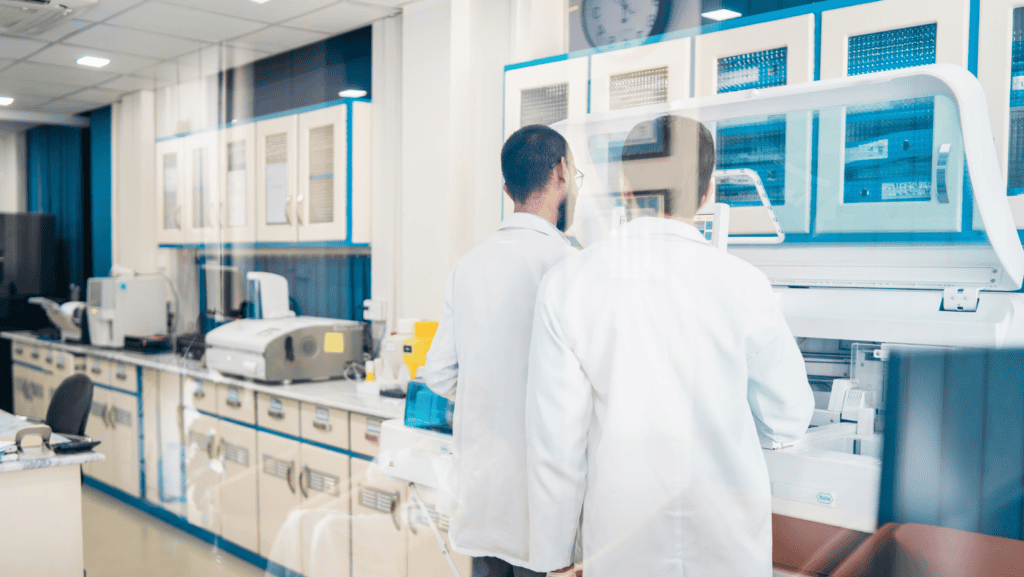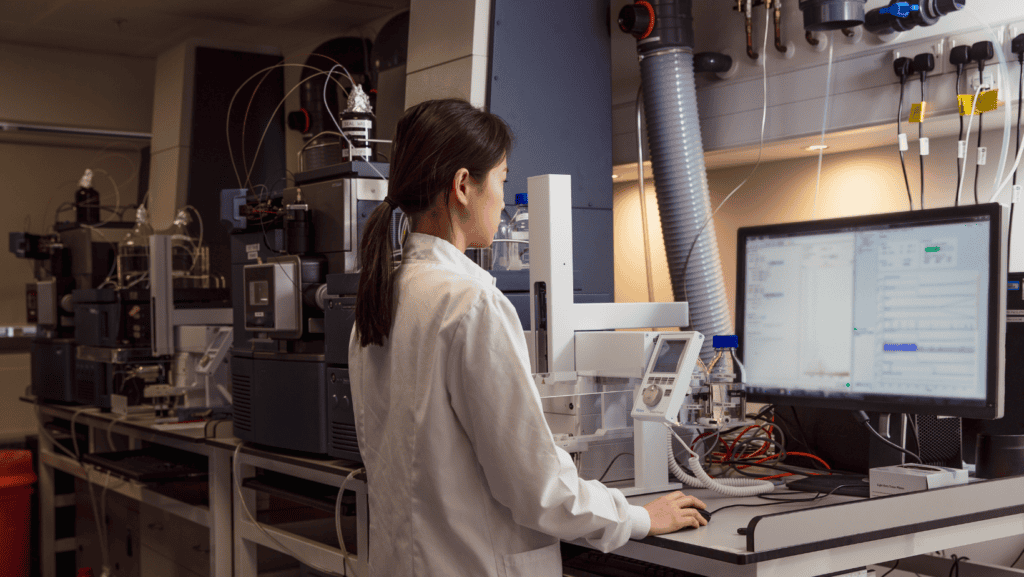


In 2024, laboratory safety is more critical than ever. With technological advancements and improved regulations, it is no longer just about compliance—it is about an attitude. Whether you're a health professional, laboratory manager, or owner of diagnostic businesses, this guide is your roadmap to understanding the latest safety protocols and compliance requirements shaping laboratory practices in 2024. From updates in global and regional regulations to practical steps for cultivating a culture of safety, we’ll explore everything you need to know to keep your lab running smoothly and securely in today’s dynamic landscape. Let’s dive in!
Laboratories are held to stringent safety and operational standards to ensure the well-being of employees and the accuracy of test results. Compliance with these regulations not only prevents accidents but also avoids legal liabilities and builds trust with stakeholders.
In the Philippines, laboratories must adhere to standards set by governing bodies such as the Department of Health (DOH) and the Food and Drug Administration (FDA). Internationally, ISO 15189 provides guidelines for medical laboratories to ensure quality and competence.
This year, expect enhanced requirements for data management, waste disposal, and the use of eco-friendly lab materials. Regularly consult regulatory bulletins and partner with compliance experts to stay updated.
Pro Tip: Keep a compliance checklist visible in your lab to remind staff of daily laboratory safety requirements.

Creating comprehensive safety protocols starts with a thorough risk assessment. Identify potential hazards, such as chemical spills, electrical equipment, and biohazardous materials. Develop detailed procedures for handling each hazard, from storage to disposal.
Team Involvement: Involve staff in crafting laboratory safety protocols to ensure buy-in and practical insights.
Visual Aids: Use clear signage and labels for hazardous areas and materials.
Review and Update: Revisit protocols regularly to accommodate new equipment, processes, or regulations.

Effective training empowers staff to act confidently in potentially hazardous situations. It also minimizes the risk of accidents and ensures consistent compliance across all team members.
Success Tip: Monitor staff adherence to protocols post-training and provide feedback to reinforce learning.

Laboratories often work with a variety of hazardous materials, such as:
Routine audits help laboratories identify weaknesses in their safety protocols and improve compliance. Internal self-assessments can complement external inspections to ensure readiness.
Pro Tip: Assign a compliance officer to oversee audit readiness year-round.

Standard protocols include hazard identification, PPE usage, waste disposal, and emergency response procedures.
Ideally, conduct internal audits quarterly and schedule external inspections annually.
Use spill kits, wear appropriate PPE, and follow your lab's spill response procedure.
Enhanced focus on data integrity, environmental impact, and worker safety has driven stricter regulations.
Penalties may include fines, temporary closures, or legal action, depending on the severity of violations.

Laboratory safety is the cornerstone of operational excellence in 2024. By understanding regulations, implementing robust protocols, training staff effectively, managing hazardous materials, and preparing for audits, you can protect your team and elevate your lab's reputation.
Ready to level up your laboratory safety?